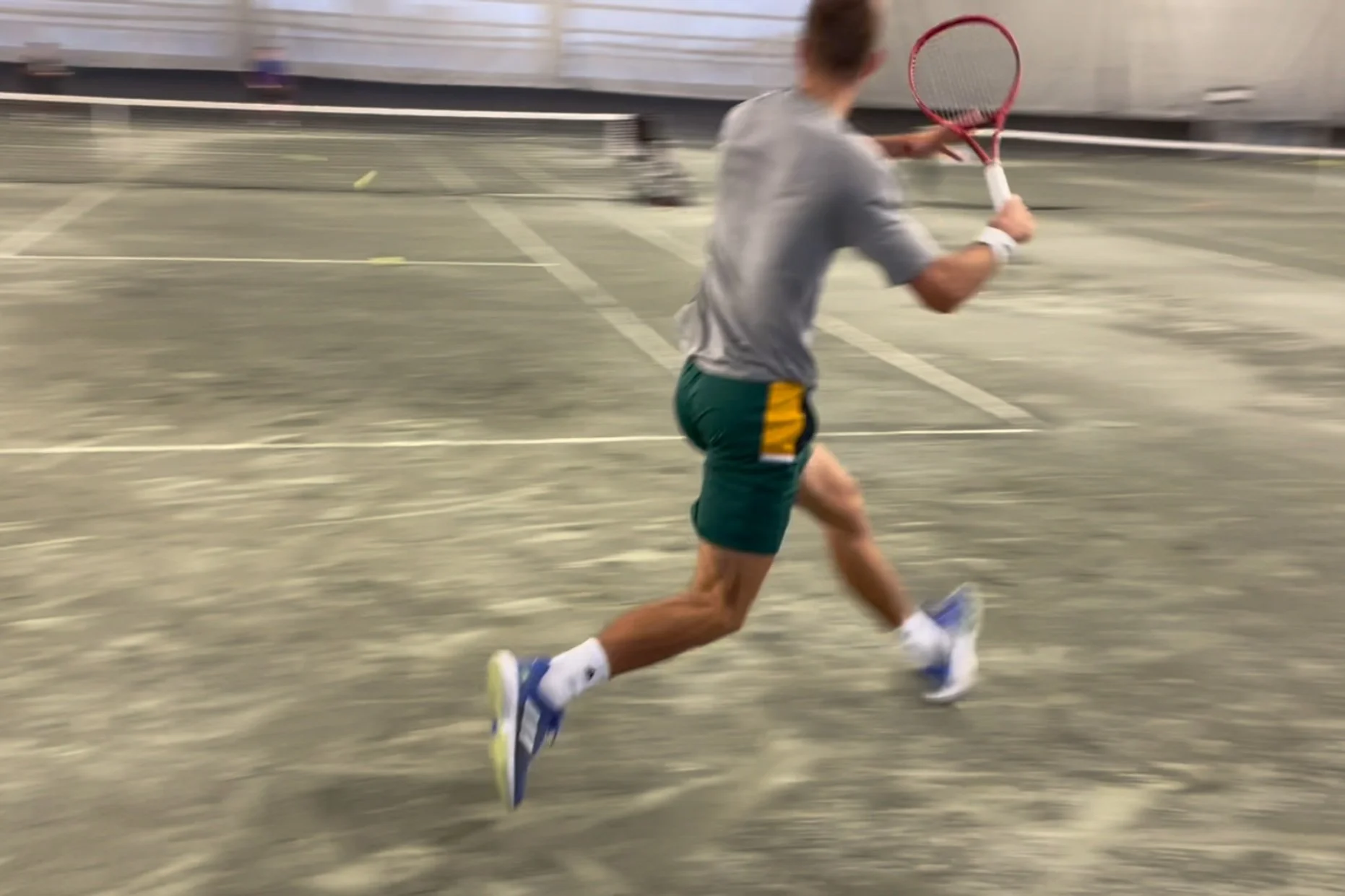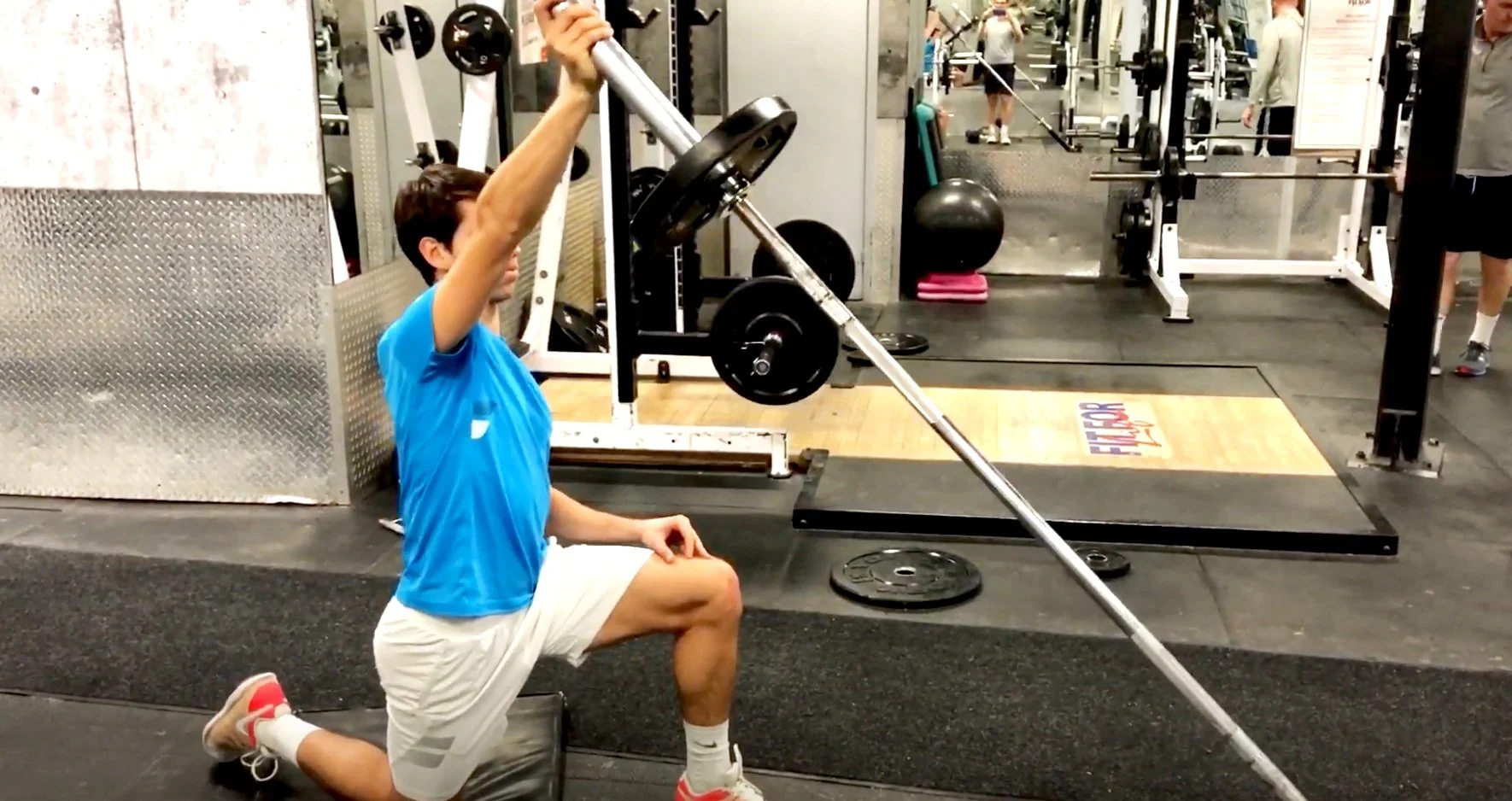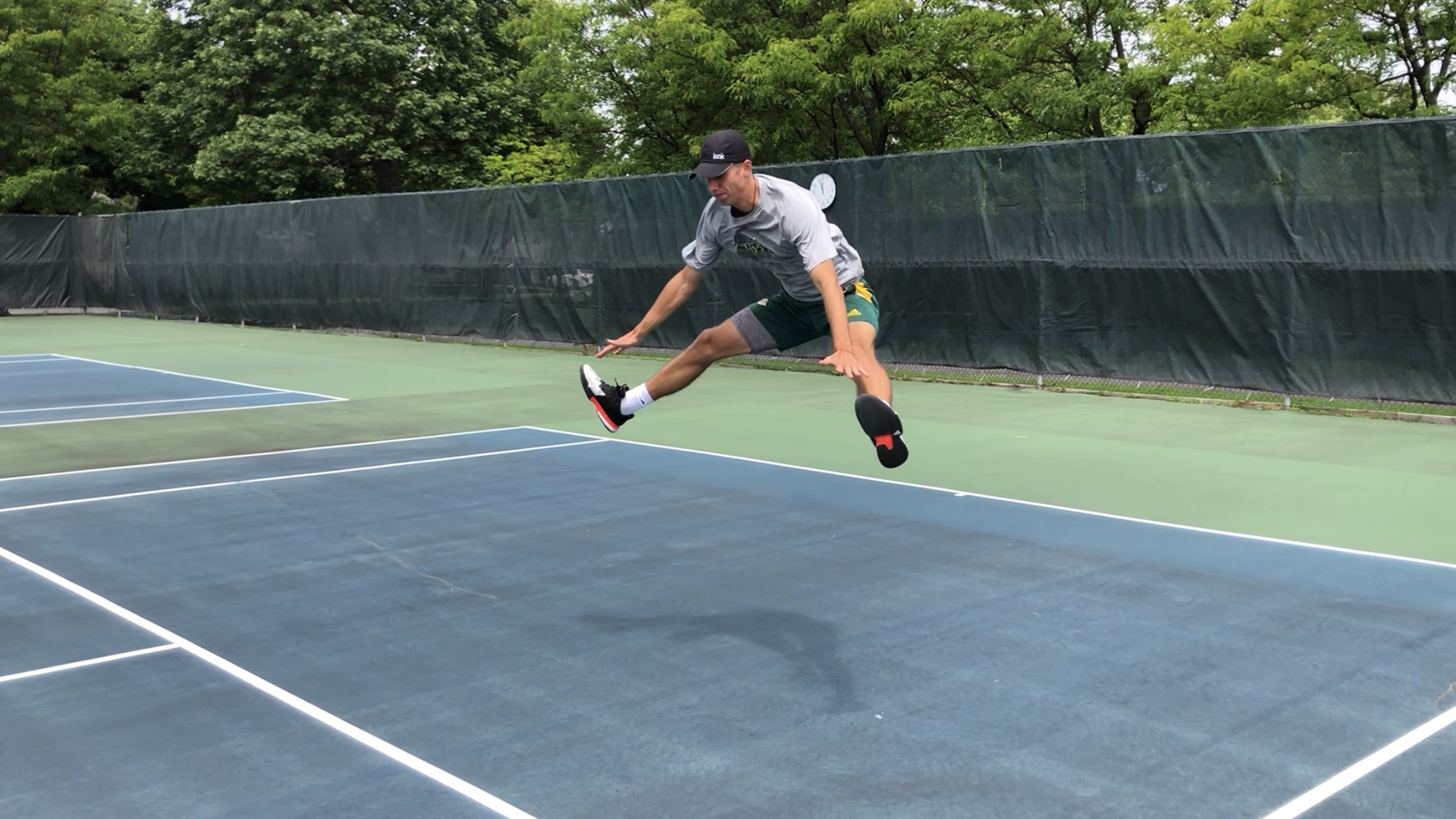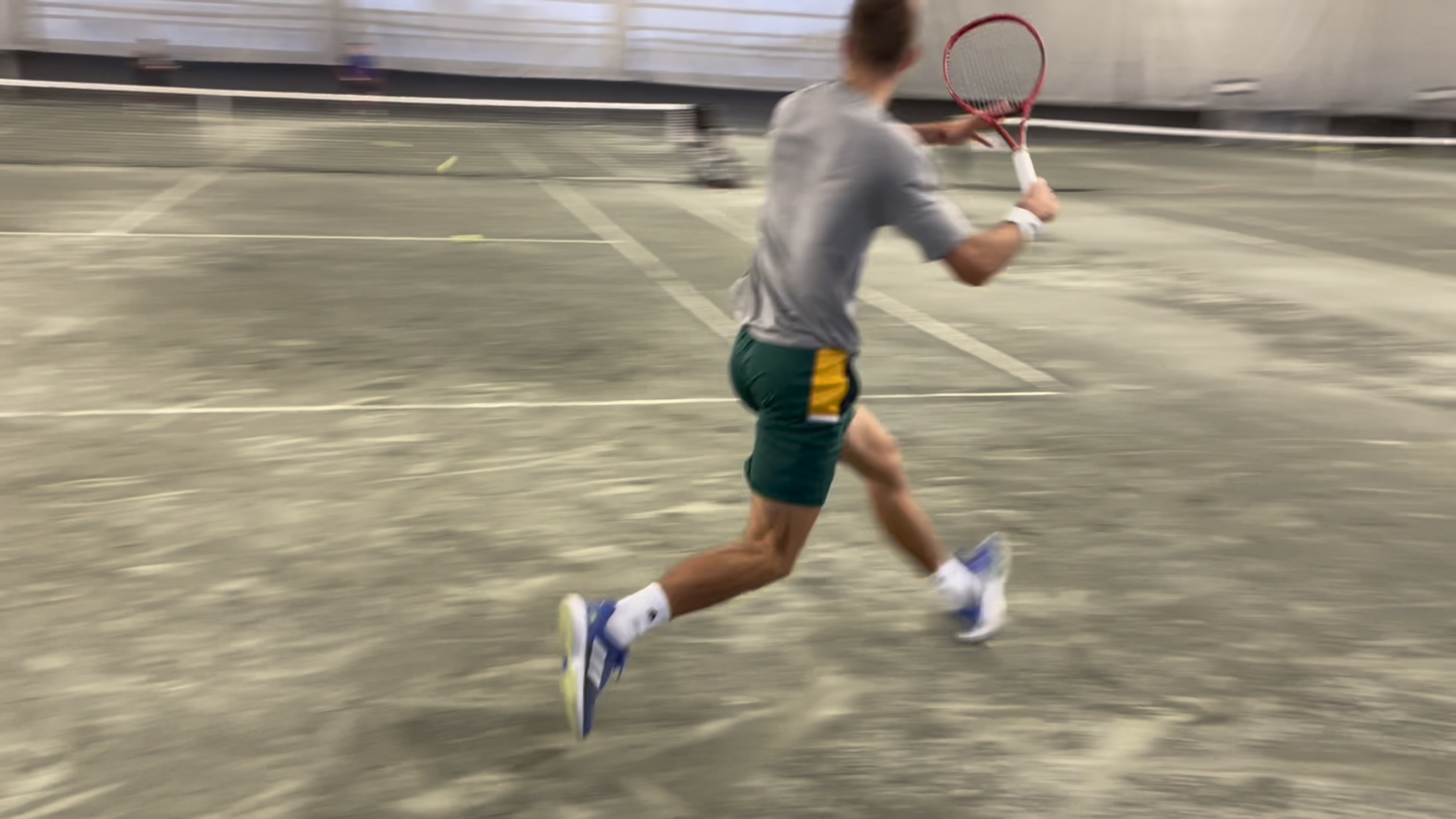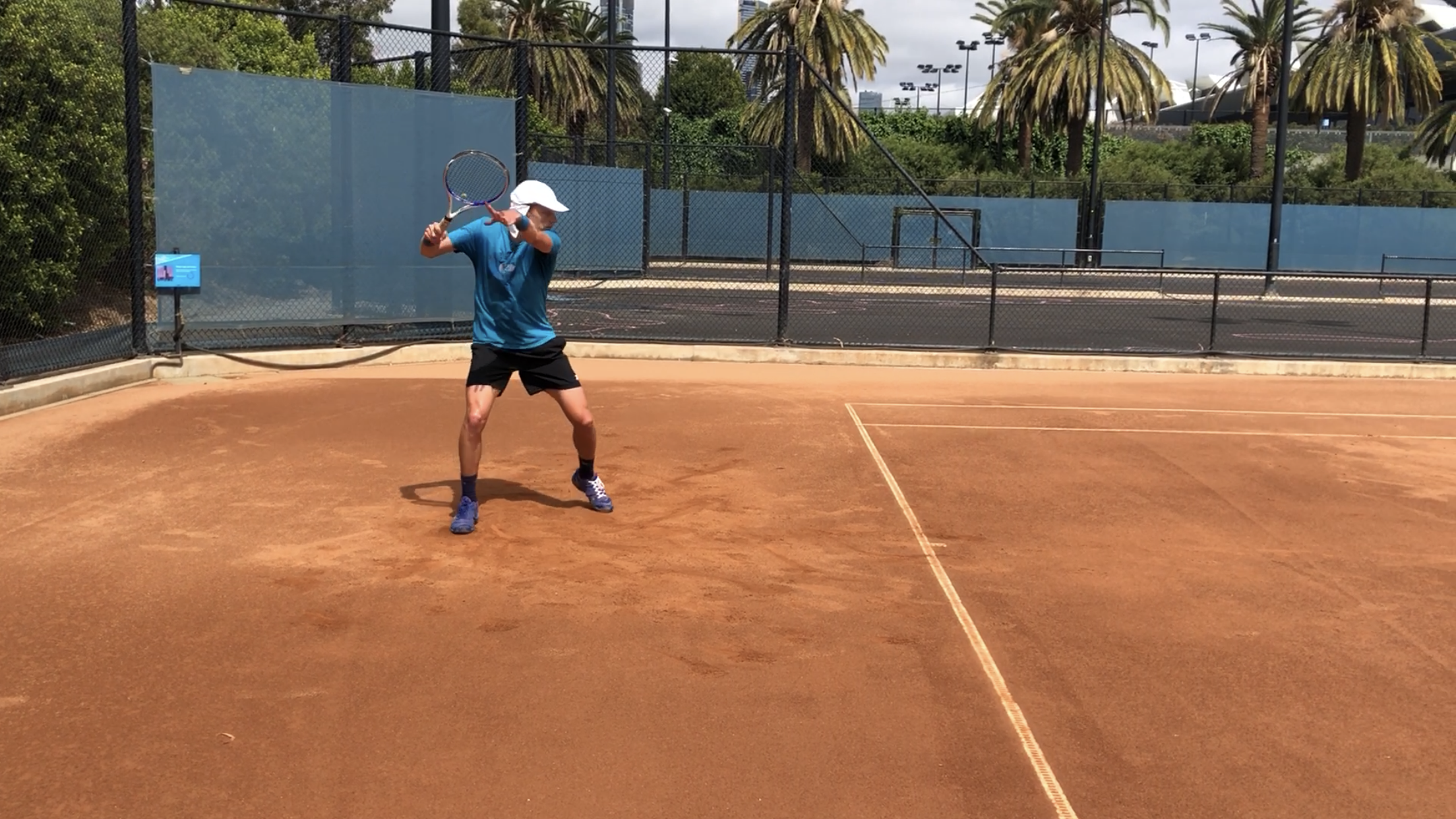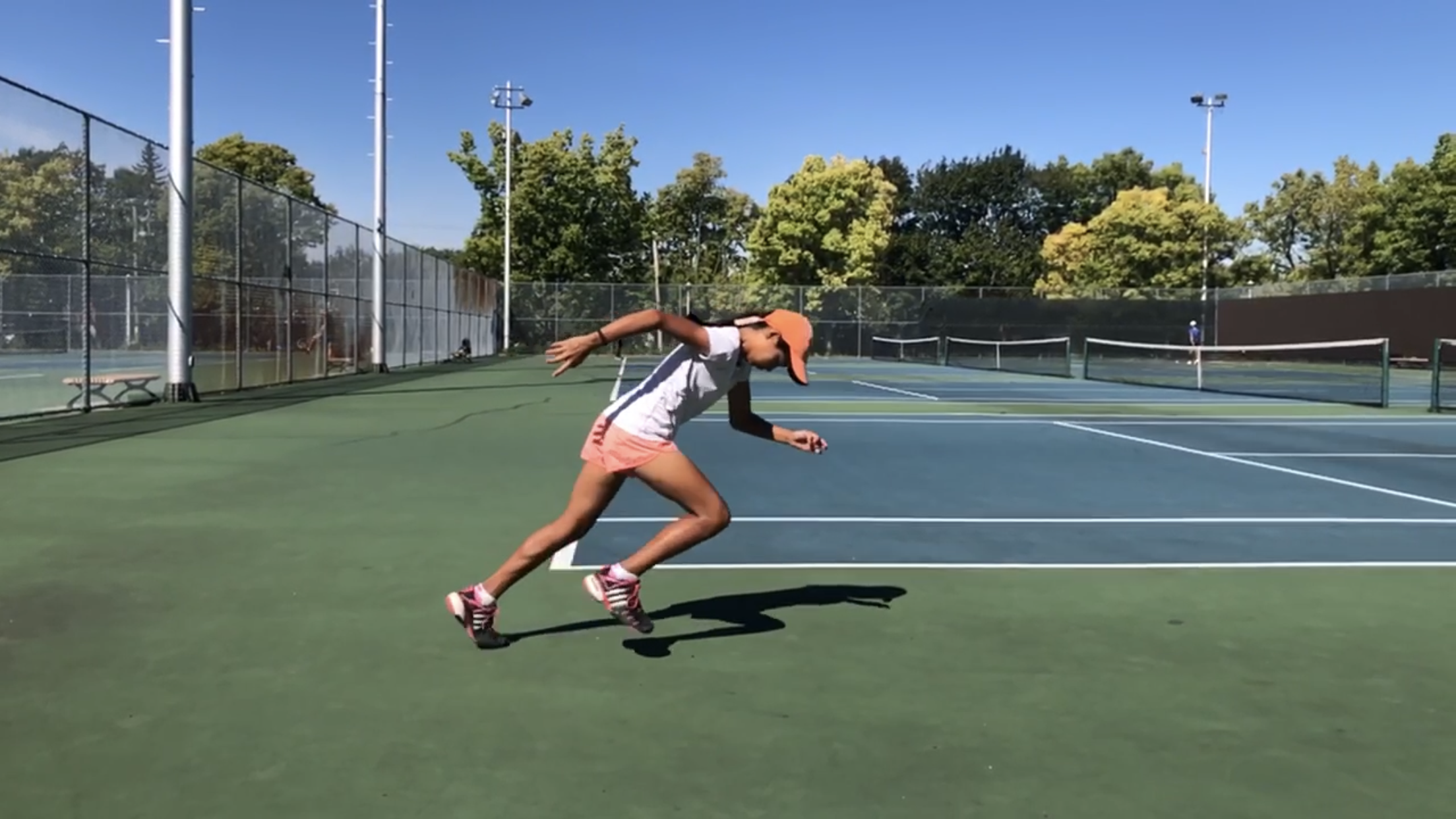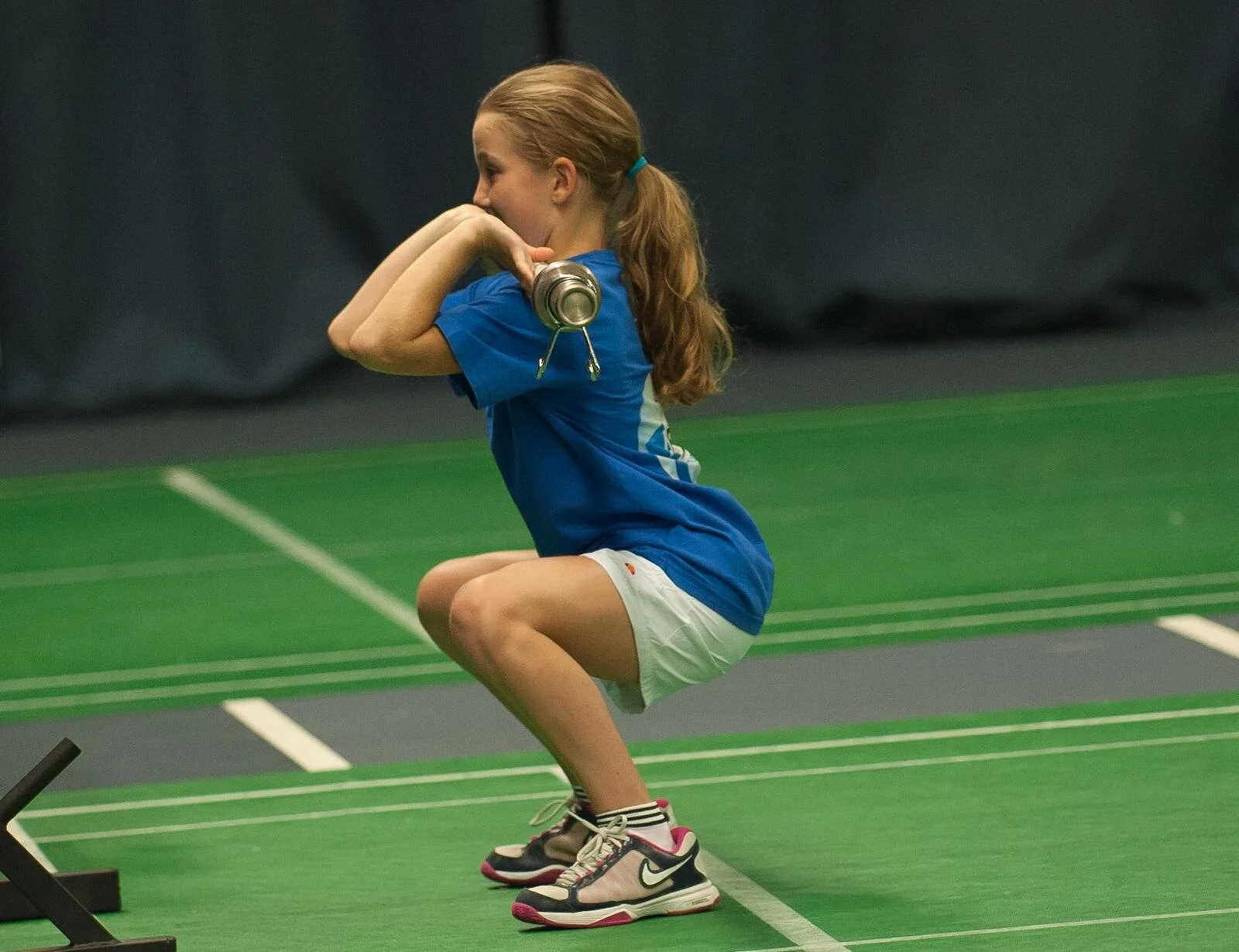Below are 6 training modalities that I believe should never leave a tennis player’s off-court training program.
Whether a player is has a period without tournaments - or they’re in-between events - I believe the inclusion of these training types (in some form), is imperative to remain healthy and to perform at peak levels.
Let’s explore each in a little detail:
1 - Plyometric Training - If you only had to choose one training type to add to your off-court program, it would be plyometrics.
I don’t believe that medicine ball training does much in terms of ‘power’ development. There it is, I said it.
My opinion has changed on this topic. I once thought that throwing med balls would develop rotational or overhead power and that this would lead to an increase in groundstroke or serve speed.
I held this belief for a number of reasons.
Have you ever hit a serve where everything just seemed to come together? You felt coordinated. Powerful. The ball came off your racquet like a rocket.
On the flip side, we’ve all hit serves that felt off-balanced. Off-centered. Lacked pop. And landed everywhere but the service box.
Many in tennis associate shoulder health with resistance band exercises. Listen to coaches and trainers talk about shoulder strength or injury prevention with their players and you’ll surely hear things like “are you using your bands daily?” or “make sure to do ‘x’ or ‘y’ band exercise”. But do band exercises work in the manner that they’re spoken about?
I’d like to offer my take on the matter and suggest 2 other strength training methods - light weight and moderate/heavy strength exercises.
There are countless ways that tennis players can get into shape. From running workouts to weight training, on-court drills and more.
All have their pros and cons. And all can be utilized at different times of the year + at different stages of a player’s development.
Recently, plyometric and jump training has resurfaced as a popular training modality amongst tennis players. You’ll see many performing hurdles, line hops and other types of jumping variations.
t’s no surprise that I’m a fan of strength training (as long time readers of Mattspoint would know).
But strength training is an more of an umbrella term than just one type of training modality. Because there's just so many different ways that we can lift weights. Here are a few examples:
Lift light weights fast - explosive (or speed) strength. Lift heavy weights slow (with a fast/explosive intention) - maximum strength. Lift moderate weights fast - strength speed (or rate of force development).
I’ve said it before but I’ll say it again - the most specific form of training for tennis is playing tennis! Thus, tennis training - which includes on-court drills, live ball hitting, practice sets (and even tournament matches) - is the truest form of ‘sport-specific physical training’ for tennis.
So if you hear someone talk about ‘sport-specific training’ and they’re jumping on a bosu ball, performing shadow swings on the beach or some other random exercise, that is NOT sport specificity.
Have you ever incurred an injury and been told to take time off to ‘rest’ that particular structure? While I don’t discredit rest from being an integral part of the healing process, I will say this - it’s not enough.
For the majority of tennis players, traditional ‘aerobic training’ is useless. That’s a pretty bold statement, I know. But hear me out.
In tennis, successful players need to be skillful. They must possess technical mastery across a number of strokes. They require a strategy. And tactics to implement said strategy.
Even though I have a bias towards being very prepared from a physical standpoint (as long time readers of Mattspoint would know), technique and tactics are still top priority.
I get a fair amount of questions sent my way on a weekly basis and this past week was no different. But I thought it would be best to share them on the blog for others to benefit from as well (especially given that the questions were quite good and very relevant to what I often hear from coaches and players).
Let’s get to them!
Beware, if you read this post, your ideas surrounding tournament preparation might be turned upside down.
You see, there are several strategies employed by top athletes (and tennis players), in order to maximize their performance when they need it most. For tennis, that means tournament time.
In this article, I will highlight 3 of them. When implemented appropriately, they can be powerful.
Before we dive into this post, understand that playing tennis actually improves the stretch-shortening cycle (SSC). In essence, there are many ‘sister’ and ‘brother’ movements in tennis that utilize the SSC.
Tennis is a sport where players aren’t reaching top running speeds very often, if ever. Most movements in tennis are short in both duration and distance. Some older stats point towards 3 metres as being the average distance a player moves during each shot. But averages don’t really tell us the whole story.
Despite that, I always urge coaches and players to make sure there’s enough speed and acceleration training in their programs. Read More…
One of those ways is to use med balls for non-throwing scenarios. I know, for the most part, med balls are used for throwing purposes (and made for this reason as well). Throwing allows us to have a shorter deceleration phase and extend the propulsion phase - akin to doing a jump squat instead of a barbell squat for the development of lower-body power.
Back in 2017, I wrote an article about plyometric training. The aim of that post was to introduce plyos, outline the mechanisms at play and to showcase their relevance to tennis performance (from both a research and practical perspective).
That article was a good starting point. It highlighted the diversity that exists when we look at tennis movement...and how plyos, because of their versatility - ie. they can be performed in a multitude of directions, velocities, amplitudes etc - might very well be the most important ingredient when it comes to better on-court movement.
This past weekend, I had several players message me looking for a training program they could do for the next few weeks (or perhaps longer) - one that wouldn’t require any gym equipment. And in light of recent events, I’m guessing they aren’t the only tennis players (and athletes in general), in this scenario.
Because of this, I’ve taken some time to create what I’ve called, The ‘No Gym’ Program. So if you’re in the same situation as many (and don’t have access to gym equipment), just scroll to the end of this page and enter your email address - you’ll receive the program for free.
I don’t train as many junior players now as I have in the past. It’s not that I don’t want to, it’s just that I’m in a position right now where older players - those that are playing professionally (either on a full-time or part-time basis) - take up a big chunk of my time.
That said, I still manage to coach a number of younger players (both in-person and remote). The ages range but generally fall between 9 and 15… and all of them are exposed to strength training in one form or another.
The reason I’m bringing this up is because I often get asked by parents… “is lifting weights dangerous?” or “will lifting weights stunt my child’s growth?”...
When it comes to selecting the most appropriate exercise for a tennis player, it’s important that we look at it from every angle imaginable. The reason - tennis-play is not only multi-directional, but it’s also multi-planar. On top of that, there are different stances that players not only move through, but strike the ball in. And they do this on different surfaces - which can also make matters more challenging....and have an influence on exercises/drills.
A few weeks back, I had the privilege of working alongside coach Marcel du Coudray. We were coaching his pupil - ATP player Marc Polmans - at the Rogers Cup in my hometown of Montreal. Marc was accepted as the last entry into qualifying and got his first top 50 win against Andrey Rublev where he came back from 3-5 down in the 3rd set and save 3 match points at 3-6 down in the breaker (Rublev was ranked #49 in the world at the time of the match).
Tennis has evolved. From racquet technology to improved training methodologies and everything in between. We now see a different type of tennis being played. Overall, it’s faster, points are shorter and there’s no denying that it’s more power oriented. Because of this, players have had to adapt.
And adapt they have. It’s not uncommon to see players lifting weights to gain more strength & power…

